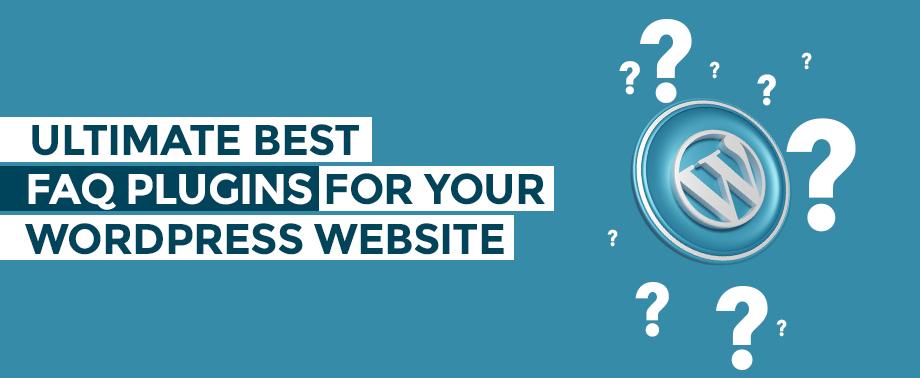The number of apps has significantly increased over the years and developers continue to create new applications every day. This means that users have more choices than ever before. This also makes developing an android application a very time-consuming task. We live in a mobile society where everyone uses smartphones, tablets, and other mobile devices. These devices play an important role in our lives.
As such, they should function flawlessly at all times. If they don’t, then users might consider switching to another brand or device. In addition, the competition to attract customers is fierce. Therefore, it becomes vital to ensure that your application performs efficiently. In this article, we will discuss how to improve Android app performance. So if you’re looking to build a successful Android app, continue reading.

Let’s have a look at some of the factors that can help you to improve your android app performance:-
1. Reduce Application Size
Optimizing your Android app for application performance can help to improve its overall user experience. By reducing the application size, you can reduce load times and make your app run faster on devices that are running low on memory. Additionally, by properly designing your images and using compression techniques, you can save bandwidth and storage space.
Another important factor to consider when optimizing an Android app is making sure that all of the code is minified and compressed. This will not only reduce download time for your mobile device but also make debugging easier should there be any issues with the codebase. And finally, keep in mind that users will rate your App more favorably if it runs quickly and smoothly – so don’t neglect this aspect of optimization!
2. Improved Offline Mode
Offline mode is a feature that allows apps to run without any internet connection. By doing this, you can save on data usage and improve overall app performance. This can be particularly beneficial if your android phone has low battery life or you are running an older version of the Android operating system. Offline mode can help users stay productive even when they are at an inconvenient location with no internet.
By making your app available offline, you can protect user data from being compromised by viruses or other malware threats that could otherwise infect their devices. Additionally, this allows customers to shop without fear of losing valuable personal information like credit card numbers or passwords. Improving the offline mode of your apps will make them faster and more responsive overall – which is critical for keeping customers happy and returning time and again!
3. Minimize Activity Leaks
Activity leaks refer to the unintentional disclosure of sensitive data by an app user. This can be harmful not just for that individual, but also for the app itself and its users as a whole. The leakage of personal information can lead to identity theft, financial fraud, or other compromising activities. Moreover, leaking access tokens allows attackers to take over accounts or perform other unauthorized actions on behalf of the original account holder. In short, activity leaks are major security risks that need to be remedied as soon as possible!
These leaks can be caused by a variety of factors, including outdated security measures, lack of encryption on communication lines/servers, improperly coded applications that transmit user data without consent or authorization, and misconfigured servers. By preventing activity leaks before they happen, you put yourself at less risk for theft or damage to your data and improve your android app performance.
4. Optimize Android Encryption Performance
By optimizing the Android Studio encryption performance of your app, you can help to ensure that your users’ data remains protected while they are using the app. In addition, encrypting the user’s data will reduce the chances of a security breach. Encryption is important for many reasons, not least of which is because it helps to protect user information from being stolen by bad actors. Furthermore, encryption also helps to prevent third-party tracking and profiling in cookie-based environments.
To optimize the Android encryption performance of your app, you first need to understand how it works and what factors affect its speed. Then you should make some specific optimizations based on those insights. For example, background processing may be disabled when performing certain cryptographic operations in order for the device hardware resources to be used more effectively. And finally, proper use of Secure Coding Standards (PCS) can further enhance efficiency and overall security across all apps running on an Android device.
5. Reduce The App Launch Time
Reducing the app launch time of your app can have a significant impact on its overall application performance. By optimizing your app’s loading times, you will increase the number of users that are willing to try out your product or service. This is because slow apps make it difficult for users to find what they’re looking for and often cause them to abandon their experience prematurely.
To avoid this negative feedback loop, you first need to understand how long each component of your app takes to load. Once you identify these bottlenecks, you can then work strategically to reduce their duration as much as possible. There are a variety of methods that you can use in order for this optimization process to be successful, including caching files on the server side and using responsive design when building YOUR APP!
6. Consider Low Configuration Devices
Low Configuration Devices are those devices that typically have a lower processing power and storage capacity than more advanced mobile platforms. This can impact the speed, accuracy, and functionality of your app. If your app does not work properly on low configuration devices, it may frustrate or even anger your users who are using these devices for business purposes. Furthermore, low configuration devices often lack some basic key features that more sophisticated platforms.
These features can significantly hamper an owner’s ability to run their business efficiently from a remote location. Therefore, it is important to make sure that all aspects of your app – including design, coding language/commercial framework choice, testing procedures/processes, etc.– are optimized for low configuration devices so that they function reliably across various user configurations.
7. Improve The Memory Usage
By optimizing the memory CPU usage of your app, you can help to improve the overall performance and usability of your application. This is especially important for apps that are used frequently, such as online banking or shopping applications. By reducing the amount of data that needs to be transferred in order to load an interface or store user information, you can speed up loading times and reduce battery drainage.
Additionally, by managing how resources are used within your app, you can optimize graphics and animations for a smoother experience on all real devices. And finally, by keeping track of which parts of your app require more memory (and therefore available storage space), you can make informed decisions about where to allocate resources in order to avoid issues down the road.
Conclusion
It’s clear that performance is essential for a good mobile app. With the right strategy and proper planning, you can boost productivity and improve the performance of your Android phone in only a few minutes. In case you are still not able to improve your app’s performance, make sure to contact the certified specialists before launching any new app or updating existing ones.
Our team of experts offers you industry-specific advice on how to improve your business using state-of-the-art technologies. Contact us today at Alakmalak Technologies for expert services at no additional cost.



